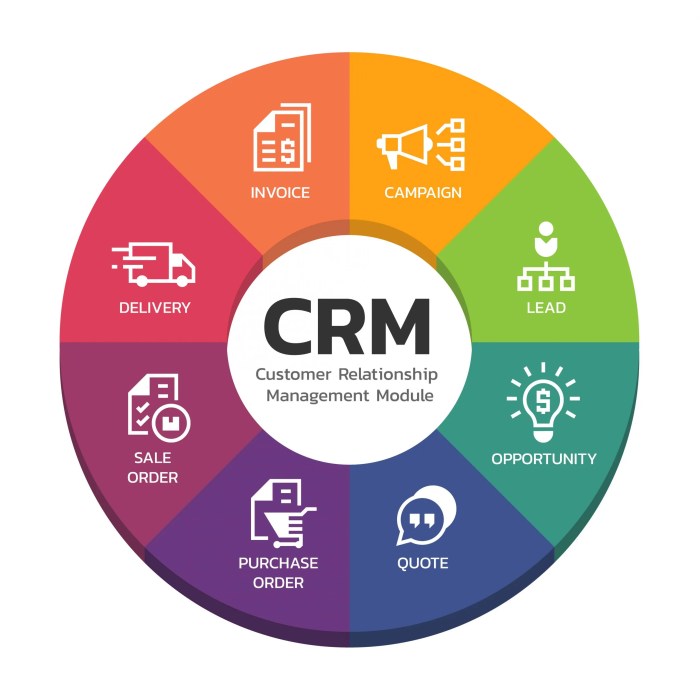The Ultimate Guide to Client Management Software for Small Businesses
In the dynamic landscape of small businesses, effective client management is the cornerstone of success. With the rise of digital solutions, client management software has become a pivotal tool for small businesses to organize, streamline, and enhance their interactions with clients. In this comprehensive guide, we delve into the world of client management software for small businesses, exploring its key features, benefits, and best practices for optimal utilization.
Understanding Client Management Software
Client management software, often referred to as Customer Relationship Management (CRM) software, is a technology solution designed to help businesses manage interactions with current and potential clients. It serves as a centralized hub for storing customer data, tracking interactions, managing leads and opportunities, and fostering stronger relationships throughout the customer lifecycle.
Key Features of Client Management Software
1. Contact Management
Client management software enables small businesses to maintain detailed records of client information, including contact details, communication history, preferences, and past purchases. This centralized database allows businesses to access critical client information quickly and efficiently.
2. Lead and Opportunity Management
Effective client management involves tracking leads and opportunities as they progress through the sales pipeline. Client management software helps small businesses capture leads, assign tasks, set reminders, and track progress, ensuring that no opportunity falls through the cracks.
3. Task and Calendar Management
To stay organized and on top of client interactions, client management software often includes task and calendar management features. Small businesses can schedule appointments, set deadlines, and create reminders to ensure timely follow-ups and deliverables.
4. Email Integration
Integration with email platforms allows small businesses to manage client communications directly within the client management software. This feature streamlines communication processes, ensures consistency, and facilitates easier tracking of email interactions.
5. Reporting and Analytics
Client management software provides valuable insights into client behavior, sales performance, and overall business health through reporting and analytics tools. Small businesses can track key metrics, identify trends, and make data-driven decisions to optimize their client management strategies.
Benefits of Client Management Software for Small Businesses
Implementing client management software offers a multitude of benefits for small businesses:
- Improved Organization: Centralized storage of client data and communication history enhances organization and accessibility, reducing the risk of data loss and duplication.
- Enhanced Efficiency: Automation of routine tasks, such as data entry and follow-up reminders, frees up time for small business owners and employees to focus on high-value activities.
- Better Client Relationships: Client management software facilitates personalized interactions, timely follow-ups, and proactive engagement, fostering stronger and more meaningful relationships with clients.
- Increased Sales Opportunities: By effectively managing leads and opportunities, small businesses can identify and capitalize on sales opportunities, ultimately driving revenue growth.
- Data-Driven Insights: Reporting and analytics capabilities provide valuable insights into client preferences, buying behavior, and sales performance, enabling small businesses to make informed decisions and refine their strategies.
Best Practices for Utilizing Client Management Software
To maximize the benefits of client management software, small businesses should follow these best practices:
- Define Clear Objectives: Clearly define your business goals and objectives for implementing client management software to ensure alignment with your organization’s needs and priorities.
- Customize to Fit Your Needs: Tailor the software to your specific business requirements by configuring settings, customizing fields, and integrating with other tools and systems as needed.
- Provide Comprehensive Training: Invest in training programs to ensure that employees understand how to use the software effectively and capitalize on its full potential.
- Regularly Update and Maintain Data: Keep client data accurate and up-to-date by regularly reviewing and updating records, removing duplicates, and resolving inconsistencies.
- Encourage User Adoption: Foster a culture of adoption and utilization by emphasizing the benefits of the software, providing ongoing support and resources, and soliciting feedback from users to address any challenges or concerns.
Conclusion
Client management software is a valuable asset for small businesses seeking to streamline operations, enhance client relationships, and drive business growth. By leveraging its key features and benefits, small businesses can improve organization, efficiency, and effectiveness in managing client interactions throughout the customer lifecycle.
As technology continues to evolve and customer expectations evolve, small businesses must embrace client management software as a strategic tool for success in today’s competitive marketplace. By implementing best practices and optimizing utilization, small businesses can unlock the full potential of client management software and position themselves for long-term success and sustainability.
